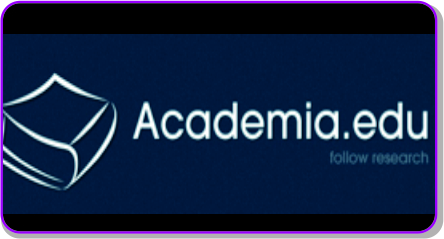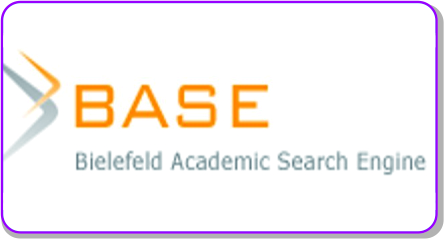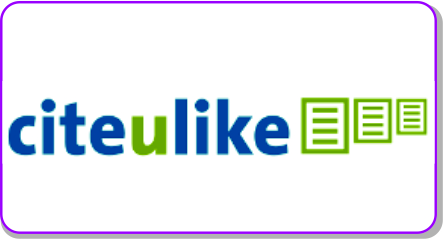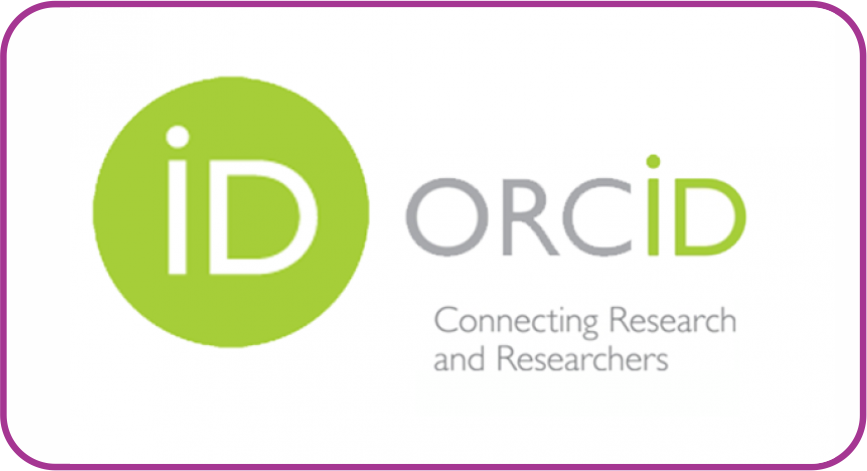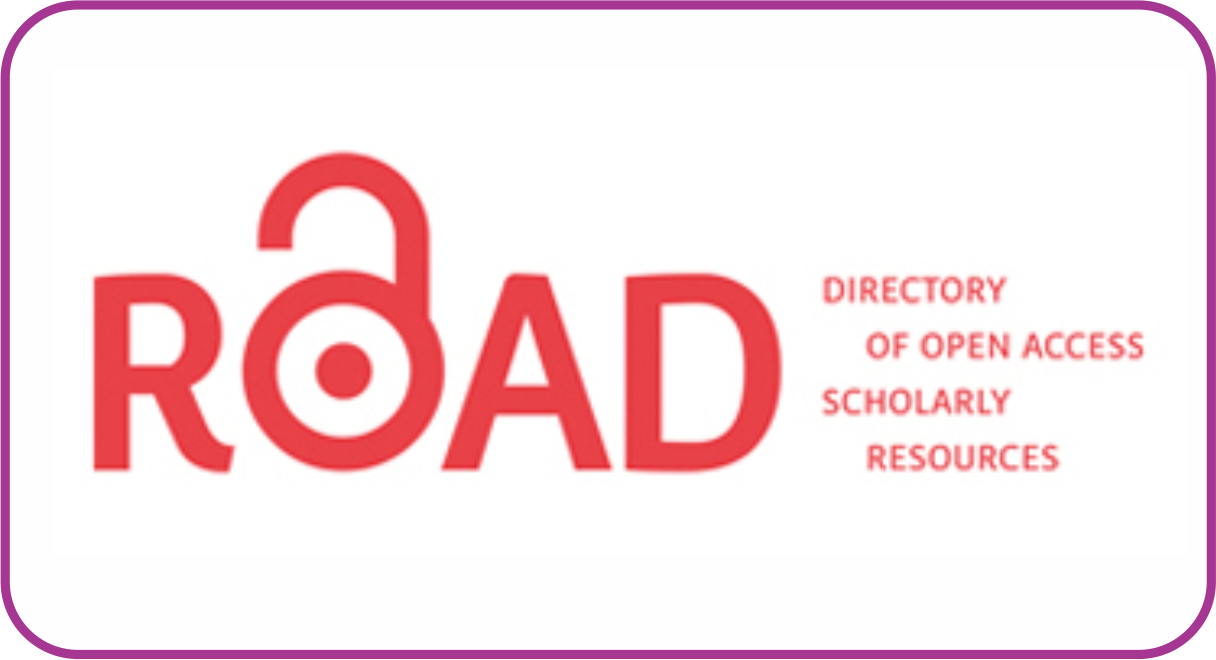MENERAPKAN PENGGUNAAN BAHAN AJAR BAGI GURU DI SMA NEGERI 3 OGAN KOMERING ULU
DOI:
https://doi.org/10.30983/educative.v3i1.563Abstract
This research was conducted in a class action SMA 3 OKU concerning the ability of teachers to implement the use of teaching materials. The formulation of the problem in research is how the teacher's ability by applying the use of teaching materials in SMP 9 Ogan Ogan Ulu. The study of this class action planned to take place in the second cycle of the meeting to each cycle 3 times meeting. The results showed that the frequency of planning is 64.67, the frequency of execution is 66.67 and frequency of assessment was 80.42. The researchers suggestion is to conduct quality improvement in implementing the use of teaching materials ranging from planning and implementation to the assessment so that teachers have the professional ability to perform the duties of professionalism, especially in the design and planning of teaching materials that will be given to students.References
Arikunto, Suharsimi. 2006. Prosedur Penelitian Suatu Pendekatan Praktek. Bandung: Rineka Cipta.
Depdiknas. 2003. Pedoman Pengembangan Silabus Rencana Pelaksanaan Pembelajaran dalam KTSP. Jakarta: Ditjend PMPTK.
Depdiknas. 2006. Pedoman Khusus Pengembangan Silabus Berbasis Kompetensi Mata Pelajaran TIK. Jakarta: Ditjend Dikdasmen.
Sardiman, A.M. 2008. Interaksi dan Motivasi Belajar Mengajar: Pedoman Bagi Guru dan Calon Guru. Jakarta : Rajawali.
Sudjana, Nana dan Ibrahim. 1989. Statistik. Jakarta: Rineka Cipta.
Yustisia. 2008. Panduan Lengkap KTSP (Kurikulum Tingkat Satuan Pendidikan). Yogyakarta: Pustaka Yustisia.
Downloads
Additional Files
Submitted
Published
Issue
Section
License
Authors who publish with this journal agree to the following terms:
1. Authors retain copyright and grant the journal right of first publication with the work simultaneously licensed under a Creative Commons Attribution License that allows others to share the work with an acknowledgment of the work's authorship and initial publication in this journal.
2. Authors are able to enter into separate, additional contractual arrangements for the non-exclusive distribution of the journal's published version of the work (e.g., post it to an institutional repository or publish it in a book), with an acknowledgment of its initial publication in this journal.
3. Authors are permitted and encouraged to post their work online (e.g., in institutional repositories or on their website) prior to and during the submission process, as it can lead to productive exchanges, as well as earlier and greater citation of published work (See The Effect of Open Access).





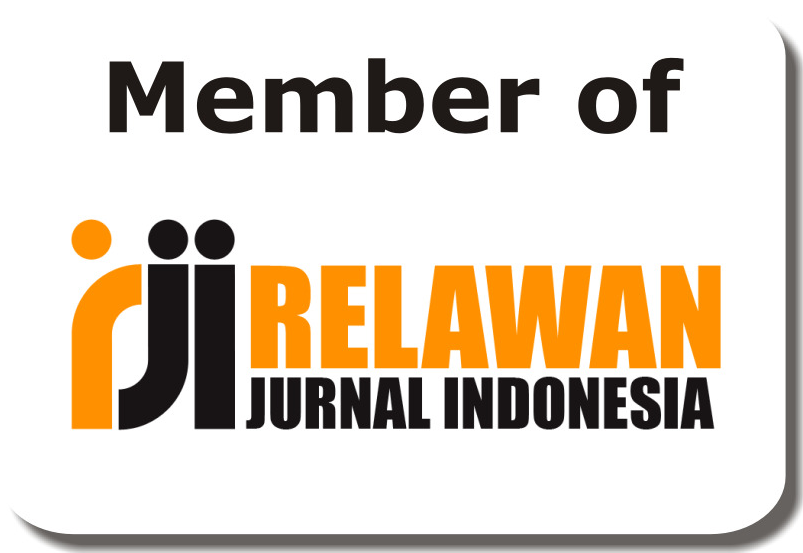
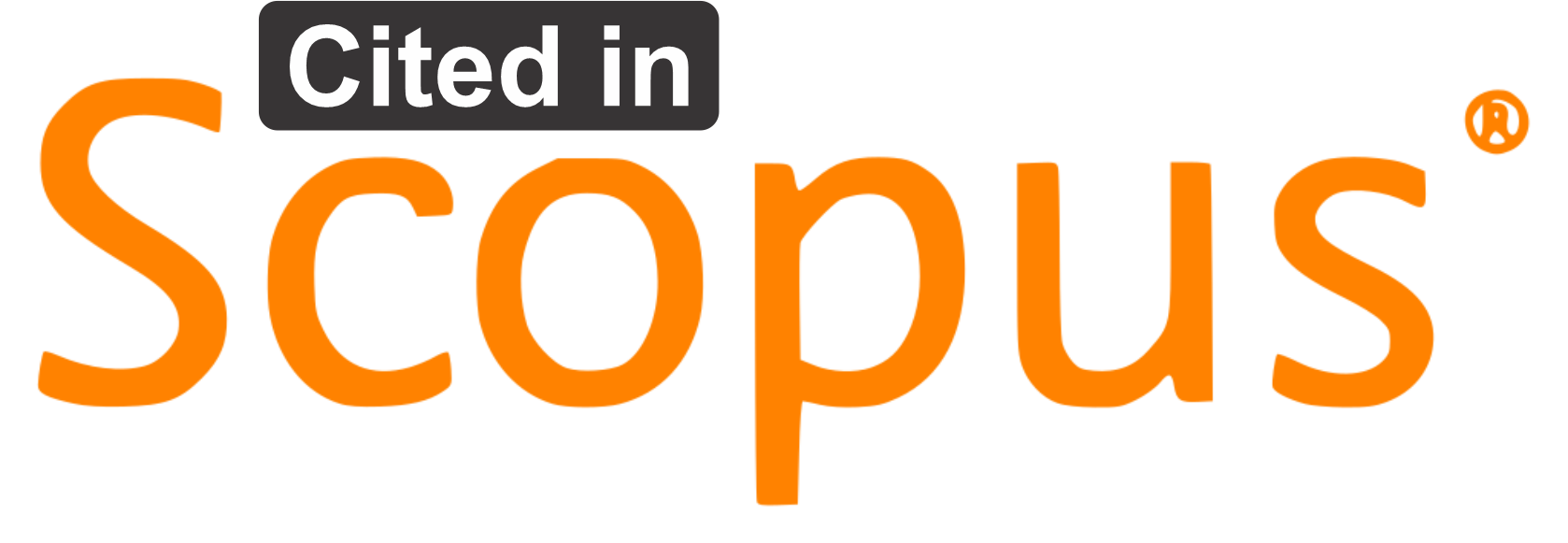

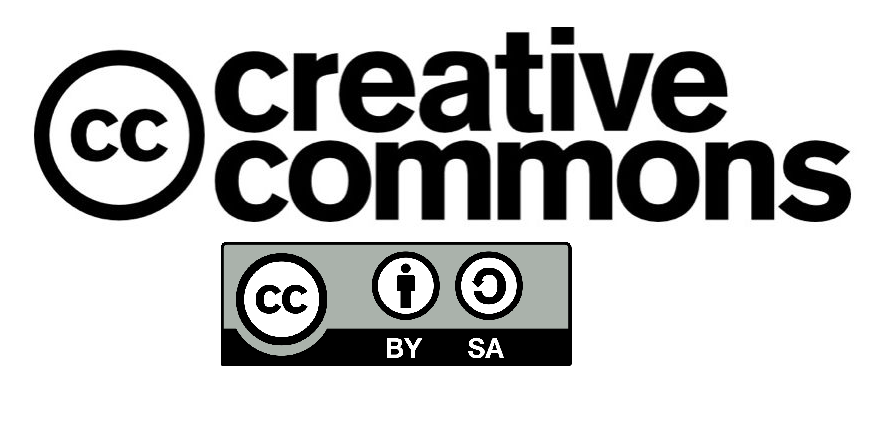
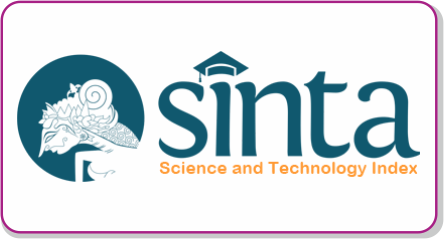
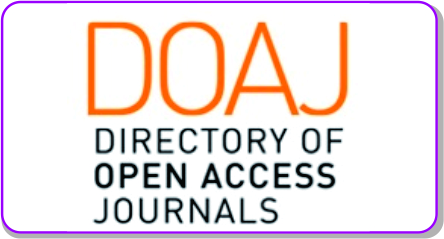


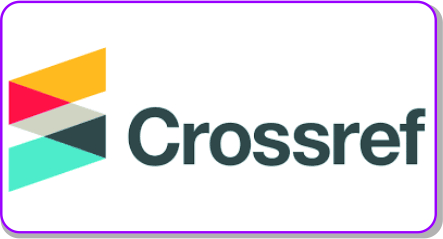


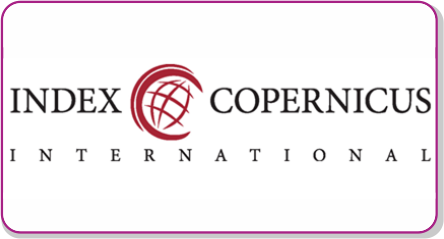

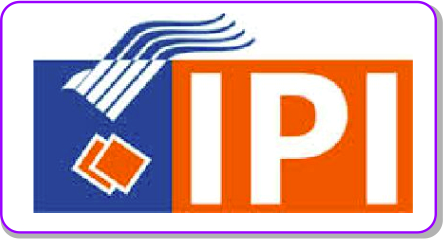 Â
 